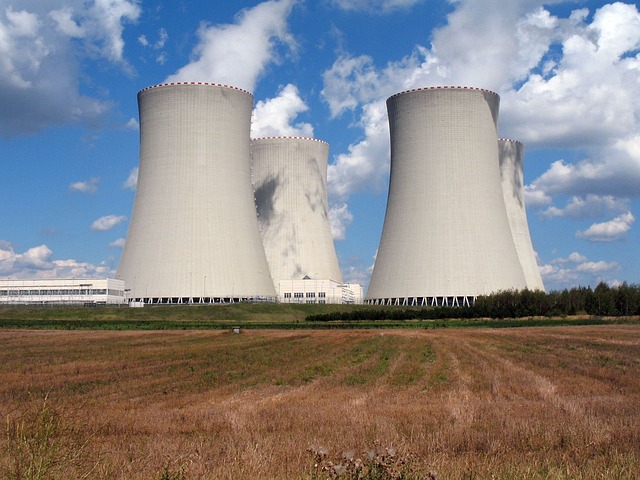Nuclear reactors are complex systems
that convert nuclear energy into electricity through controlled nuclear
reactions. However, to ensure the safe and efficient operation of these
reactors, certain limits and conditions must be observed.
Power Density Limits: Nuclear
reactors are designed to operate at specific power densities to avoid
overloading the system and causing a meltdown. The power density limit is
calculated based on the fuel’s heat-generating capacity, the coolant’s ability
to transfer heat, and the structural integrity of the reactor.
Temperature Limits: To prevent
damage to the fuel and the reactor components, temperature limits are imposed.
The fuel temperature must remain below its melting point, while the coolant
temperature must not exceed its boiling point.
Pressure Limits: High-pressure
levels within the reactor can cause the coolant to boil, reducing its ability
to transfer heat. To avoid this, reactors are designed to operate at specific
pressure limits.
Fuel Burn-up Limits: The amount of
fuel that can be burned within a reactor is limited, as excessive burn-up can
cause structural damage to the fuel and the reactor components.
Coolant Flow Limits: The flow of
coolant is critical in maintaining the temperature within the reactor. If the
flow rate falls below a certain level, the fuel may overheat and cause damage
to the reactor.
Control Rod Position Limits: Control
rods are used to regulate the reaction within the reactor by absorbing the
neutrons produced in the reaction. The position of these rods must be carefully
monitored, as they must remain within specific limits to ensure the safe and
efficient operation of the reactor.
In conclusion, nuclear reactors are highly regulated systems that must operate within specific limits and conditions to ensure safety and efficiency. These limits and conditions help prevent potential accidents and maintain the structural integrity of the reactor and its components.

No comments:
Post a Comment